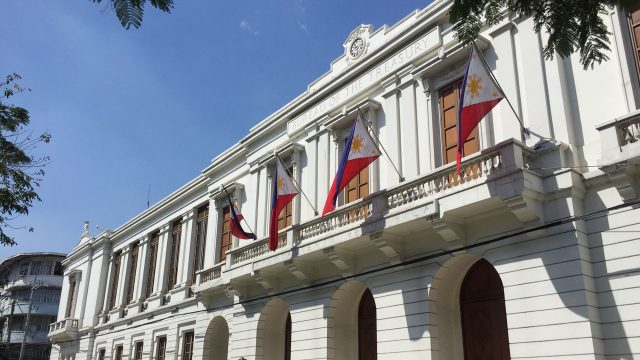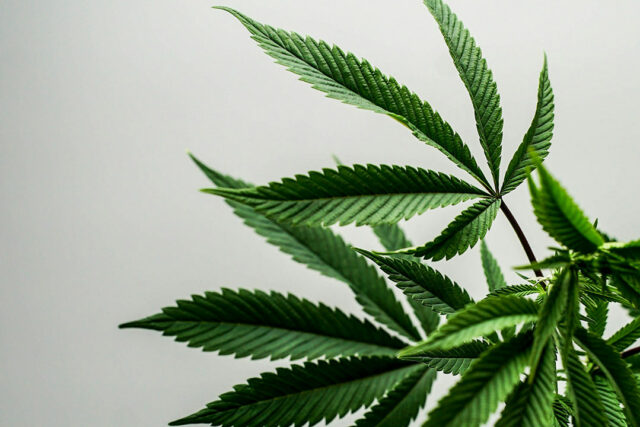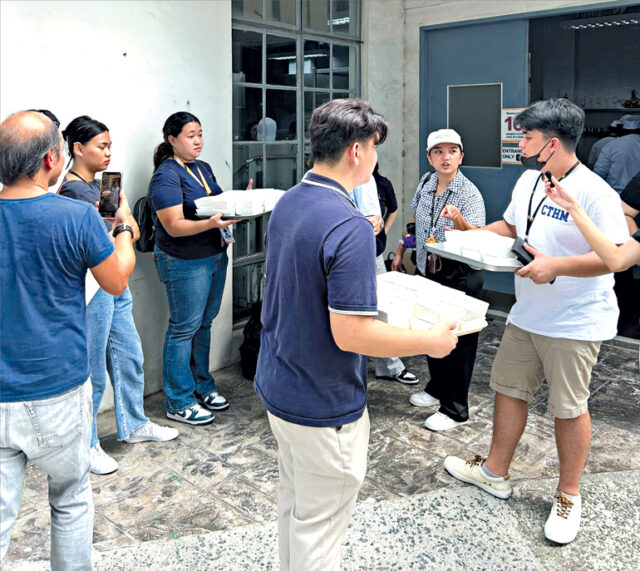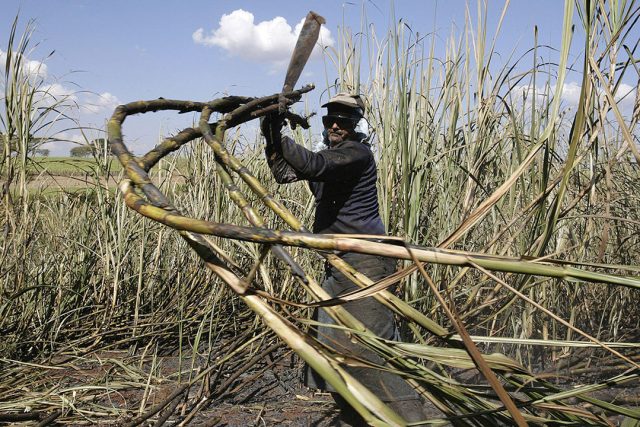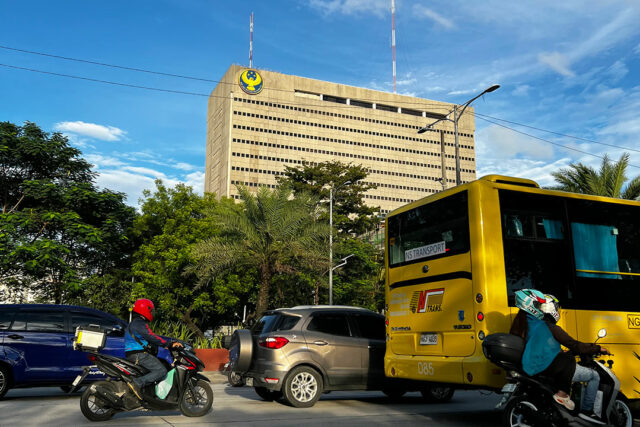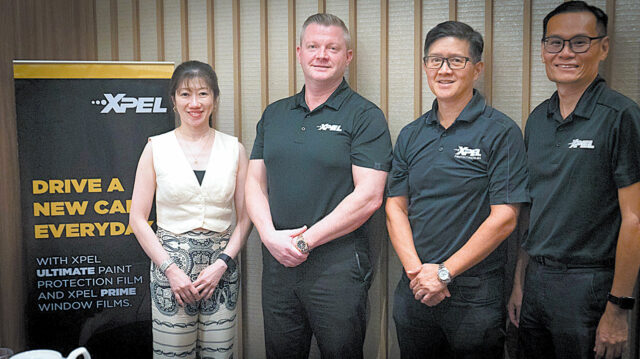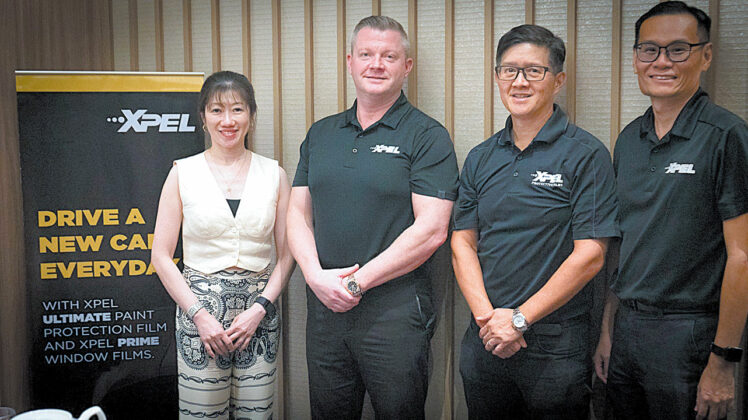T-bill, bond rates may drop as BSP turns dovish
RATES of Treasury bills (T-bills) and Treasury bonds (T-bonds) on offer this week may go down after dovish comments from the Bangko Sentral ng Pilipinas (BSP) chief.
The Bureau of the Treasury (BTr) will auction off P15 billion in T-bills on Monday, or P5 billion each in 91-, 182-, and 364-day papers.
On Tuesday, it will offer P30 billion in fresh 20-year T-bonds.
T-bill and T-bond rates could track secondary market yield movements following policy easing hints from BSP Governor Eli M. Remolona, Jr. last week, Rizal Commercial Banking Corp. Chief Economist Michael L. Ricafort said in a Viber message.
At the secondary market on Friday, the 91-day T-bill went up by 1.73 basis points (bps) week on week to end at 5.7991%, based on PHP Bloomberg Valuation Service Reference Rates data published on the Philippine Dealing System’s website. Meanwhile, the 182-day and 364-day T-bills went down by 0.75 bp and 5.09 bps to end at 5.9006% and 6.0242%, respectively.
For its part, the 20-year bond saw its yield go down by 23.42 bps week on week to close at 6.6712%.
“The BSP MB (Monetary Board) meeting, which was considered a non-event, was liberal with their words, saying a cut is possible in August…
Expect a continuation rally as the dovish Monetary Board meeting could be considered as the game-changer,” a trader likewise said in an e-mail.
The Monetary Board on Thursday kept benchmark rates steady for a fifth straight meeting but signaled a “less hawkish” tone amid slowing inflation, with Mr. Remolona saying their easing cycle could begin as early as August.
The BSP left its target reverse repurchase rate unchanged at a 17-year high of 6.5%, as expected by 17 out of 19 analysts in a BusinessWorld poll. Interest rates on the overnight deposit and lending facilities were likewise kept at 6% and 7%, respectively.
Mr. Remolona said they are now “somewhat less hawkish than before” and could begin easing their monetary policy stance by the third or fourth quarter this year, adding they expect one or two 25-bp rate cuts within the second semester.
He said BSP may start easing ahead of the US Federal Reserve, which he expects to start cutting rates by September.
The Monetary Board’s only meeting for the third quarter is scheduled for Aug. 15. Meanwhile, in the fourth quarter, it will hold reviews on Oct. 17 and Dec. 19.
The Philippine central bank raised borrowing costs by a cumulative 450 bps from May 2022 to October 2023.
On the other hand, the Fed this month kept its target rate at the 5.25%-5.5% for a sixth straight meeting.
The US central bank hiked benchmark rates by 525 bps from March 2022 to July 2023. Fed officials recently said they remain cautious about kicking off their easing cycle amid data showing sticky inflation and a strong economy.
Last week, the BTr raised P17 billion from the T-bills it auctioned off, higher than the P15-billion program, as total bids reached P59.842 billion or nearly four times the amount on offer.
Broken down, the BTr borrowed P5 billion as programmed from the 91-day T-bills as tenders for the tenor reached P21.412 billion. The average rate for the three-month paper went down by 5.3 bps week on week to 5.727%. Accepted rates ranged from 5.698% to 5.755%.
The government likewise made a full P5-billion award of the 182-day securities, with bids reaching P19.91 billion. The average rate for the six-month T-bill stood at 5.893%, declining by 3.7 bps, with accepted rates at 5.873% to 5.91%.
Lastly, the Treasury raised P7 billion via the 364-day debt papers, higher than the programmed P5 billion, as demand for the tenor totaled P18.519 billion. The average rate of the one-year debt dropped by 1.9 bps to 6.037%. Accepted yields were from 6% to 6.045%.
Meanwhile, the last time the BTr auctioned off 20-year papers was on April 23, when it offered reissued bonds with a remaining life of 19 years and 10 months. The government made a partial award of P16.633 billion versus the P30-billion program as it capped the series’ average yield at 7.017%. Accepted yields were from 6.9% to 7.08%.
The Treasury wants to raise P210 billion from the domestic market this month, or P60 billion from T-bills and P150 billion via T-bonds.
The government borrows from local and foreign sources to help fund its budget deficit, which is capped at P1.48 trillion or 5.6% of gross domestic product for this year. — A.M.C. Sy

